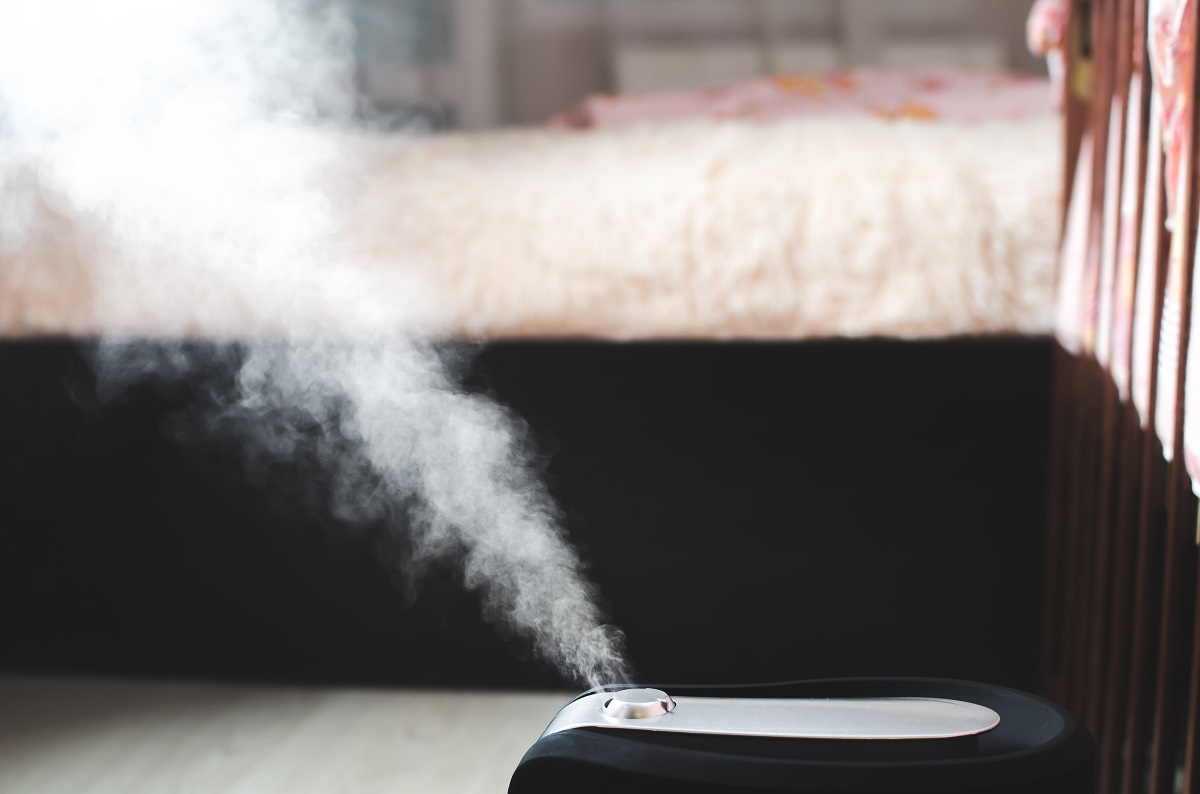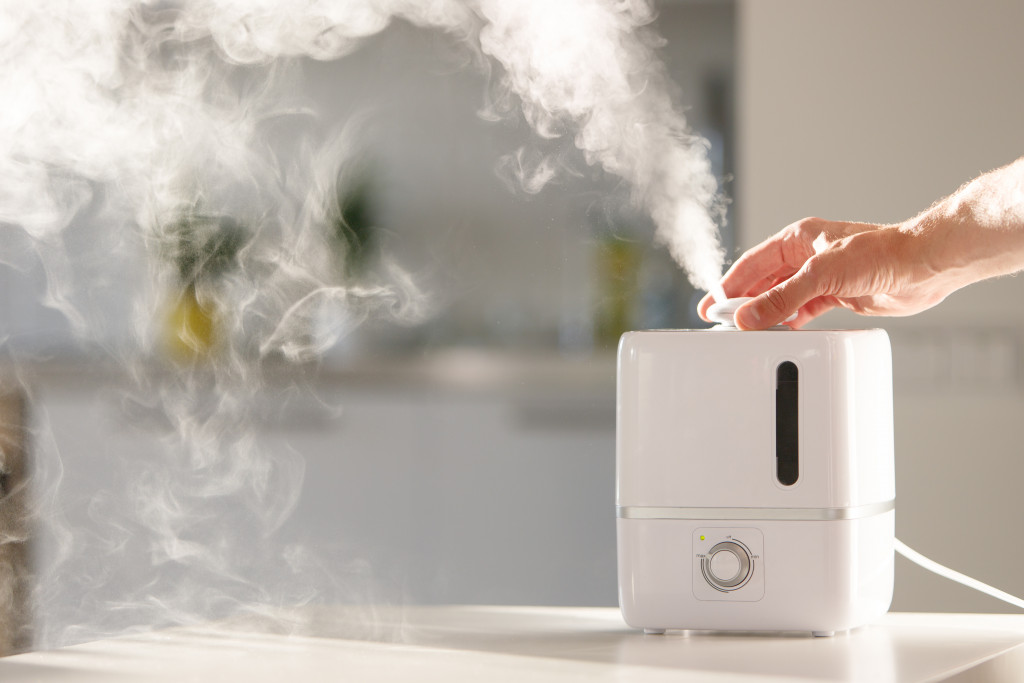If you have dry skin, nose irritation, sinus congestion, or dry throat, your physician may recommend getting a humidifier. Having a dry environment can cause irritation in different parts of your body. A humidifier adds moisture to your room’s air to get rid of dryness.
There are different types of humidifiers:
Central humidifiers
These are connected to your central heating system. They’re also hooked up to your plumbing system to get rid of excess water. Instead of humidifying a specific room, central humidifiers can do it for the entire house.
Impeller humidifiers
Impeller humidifiers use a rotating disc to pitch water into a diffuser. It then breaks the liquid into fine droplets that get sprayed into the air.
Evaporative humidifiers
This is the most common type of humidifier. It uses a wick filter at the bottom and a fan to cause the water in its chamber to evaporate. The vapor is then sprayed to add humidity to the room.
Steam humidifier
These work by heating water in its chamber and turning it into steam. The steam is then drawn into a filter, which evenly distributes the moisture across the room.
Ultrasonic humidifier
Ultrasonic humidifiers use ceramic plates that vibrate at an ultrasonic frequency to create small droplets of water. The mist then gets diffused using a small fan.
All humidifier types use water to keep an area moist. However, if that water gets contaminated by mold, bacteria, or chemicals, the mist it creates may cause problems like allergies, asthma, flu symptoms and even lung infections for the people who inhale it.
Experts recently discovered a disease called humidifier fever, which is characterized as lung inflammation caused by germs accumulated in a humidifier. A poorly-maintained humidifier may also create a white dust, which is build-up of magnesium, calcium, and other metal deposits in its chamber. When a person breathes it in, they may get asthma-like symptoms and even serious lung injury.
Humidifiers are great devices that make your home more comfortable, especially on dry days. However, the problems associated with poorly-maintained ones can range from mild to life-threatening. Here are effective ways to take care of your humidifier.
Clean it Regularly

Even if you’re sure that the water you use for your humidifier is clean, it doesn’t mean that you should skip washing it. Bacteria and mold spores can make it into your humidifier’s chamber through the air and your hands. As such, it’s essential for you to clean it at least once a week.
Look for your humidifier’s manual in its box or online. It should have cleaning instructions that you should follow to the letter.
If you can’t find the manual anywhere, here are general instructions in cleaning your humidifier:
- Unplug the humidifier or take out its battery. You don’t want to accidentally switch it on when cleaning it, as it could cause short circuits.
- Empty the tank completely and disassemble the device.
- Dilute a cup of vinegar with a cup of water to clean the tank. You can also use diluted bleach, but don’t mix it with vinegar, as the mixture could create harmful gas. Swish it around to get rid of the germs and mineral build up.
- Let the mixture sit in the chamber for about 15 to 30 minutes. Empty the tank and scrub the nooks and crannies to get rid of any dirt and mineral deposits.
- Rinse the tank with water and let it air dry. Reassemble it again and let it dry for a day or two before using it again. It’s best to touch the tank only. Don’t even try to wash the wick filter. This is because you could end up removing its anti-bacterial coating. Just replace it if it’s dirty.
Use the Right Water
If you use mineral water or regular tap water for your humidifier, it may end up leaving mineral deposits in the tank. These not only promote bacterial growth, but also create dust that may be dangerous to inhale. When filling up your humidifier tank, make sure you’re using distilled or demineralized water.
Change the water every day to ensure it’s clean. If your humidifier has a demineralization cartridge or filter, use it and replace it every few months.
When in Doubt, Replace Your Unit
If you’re having trouble cleaning off the dirt and deposits in your humidifier, consider getting it replaced. You don’t want to keep using a machine that still has mineral and germ build-up.
Your humidifier has the important job of keeping your home’s air moist enough to prevent dry skin, nose irritation, and other problems. However, it could also cause issues like flu-like symptoms and lung infections if you don’t maintain it properly. Use these suggestions to keep your humidifier in good shape.




